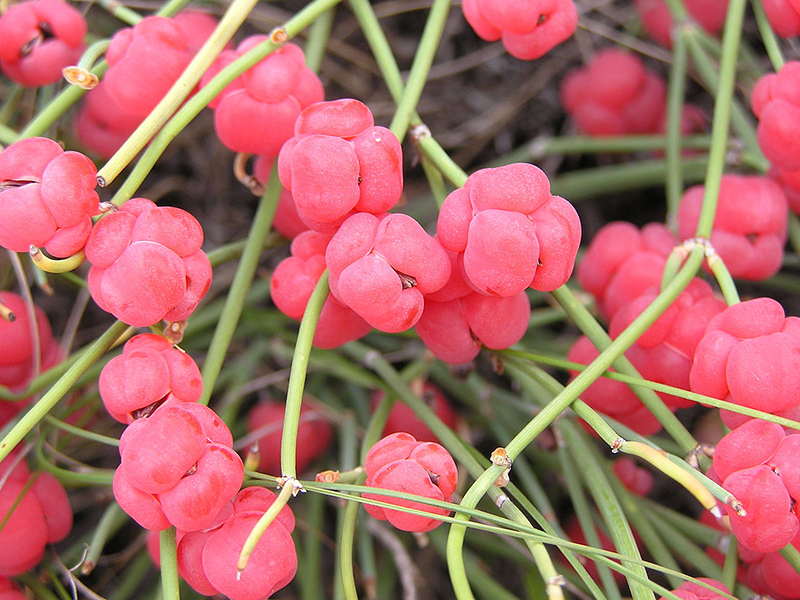Herbs
Aloe Vera
Aloe Vera is a stem-less or very short-stemmed plant, growing approximately 80-100 cm tall, spreading by offsets and root sprouts. The leaves are lanceolate, thick and fleshy, green to grey-green, with a serrated margin. The flowers are produced on a spike up to 90 cm tall, each flower pendulous, with a yellow tubular corolla 2-3 cm long. The tissue in the center of the aloe leaf contains a gel which yields aloe gel or aloe vera gel.


Neem
A fast-growing tree, neem (azadirachta indica) can reach a height of about 15 to 20 meters (115-131 ft). The trunk is short, straight and has a diameter of 1.2 m (about 4 ft), wherein the branches spread out widely. Young leaves are reddish to purple in color and turn into dark green pinnate leaves on maturity. The white and fragrant flowers are arranged auxiliary in drooping panicles, about 25 cm in length. The smooth olive-like drupe fruit is elongated-oval to nearly roundish in shape.
Bamboo
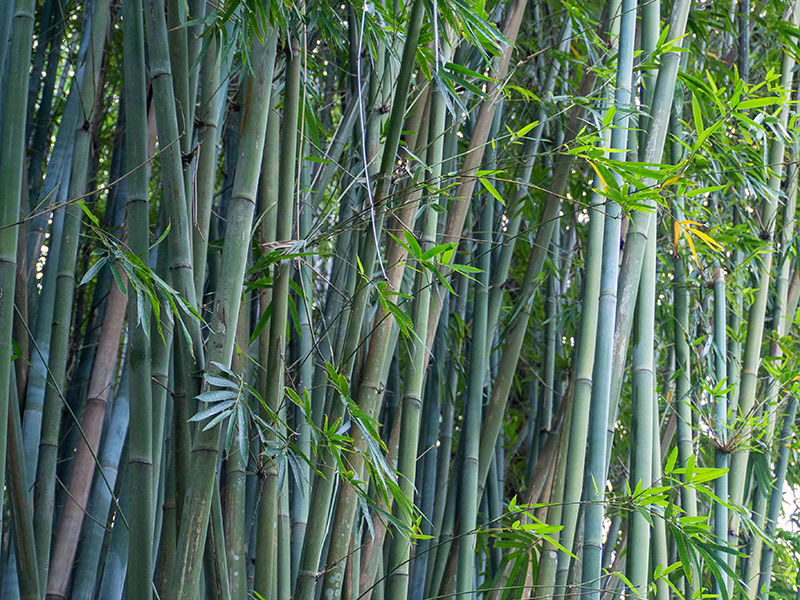

Bhringaraj
Buckwheat

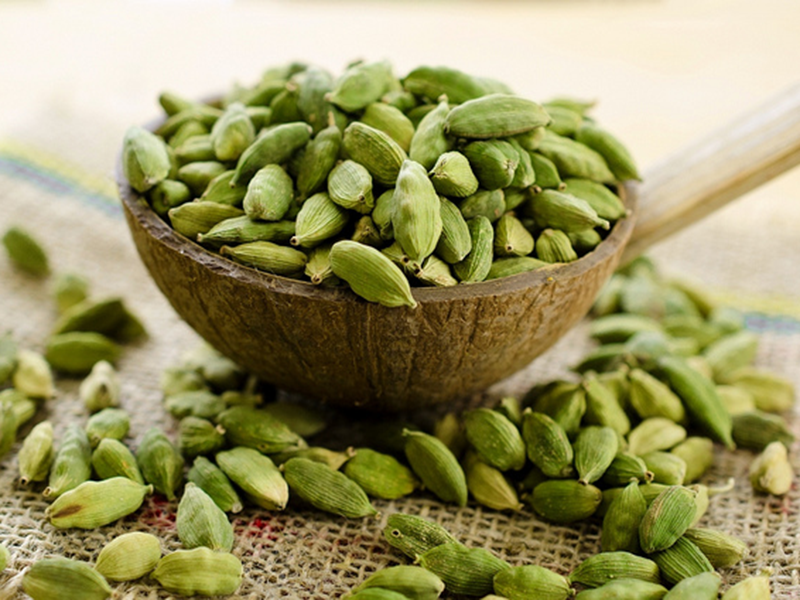
Cardamom
Papaya
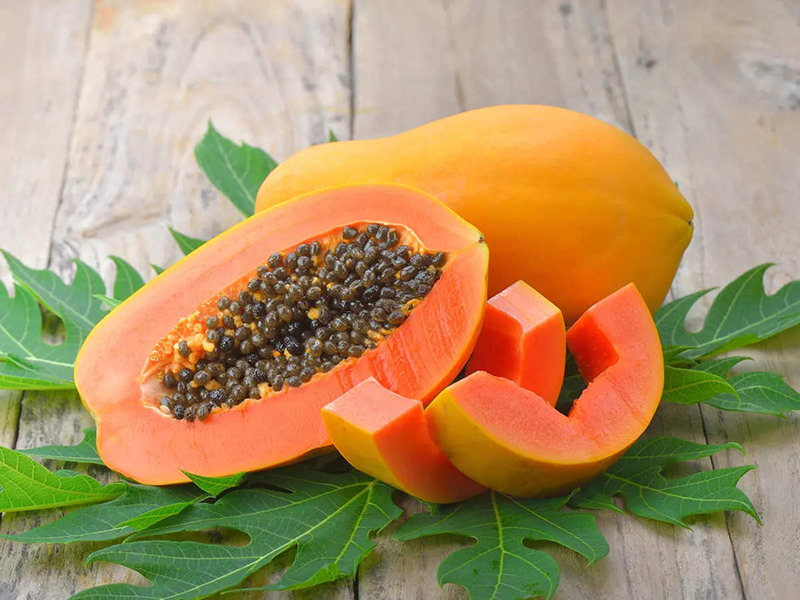
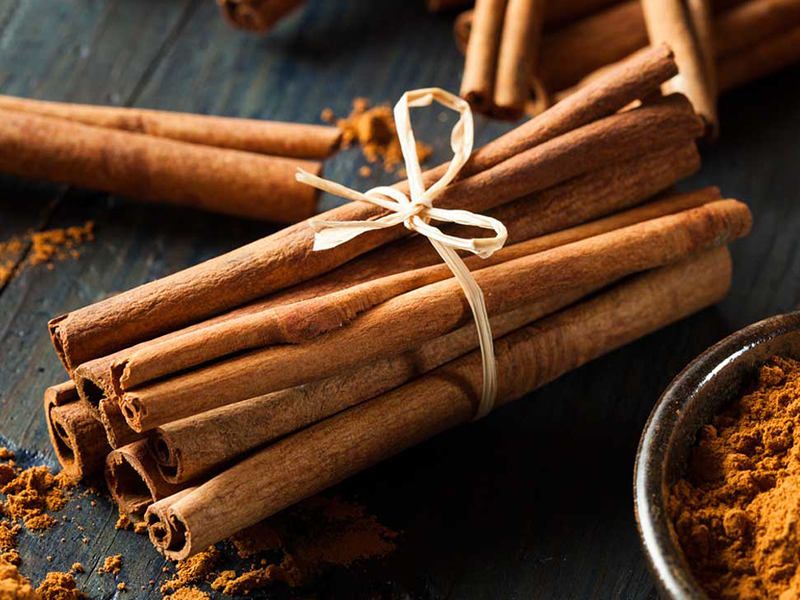
Cinnamon
Bitter Oleander

